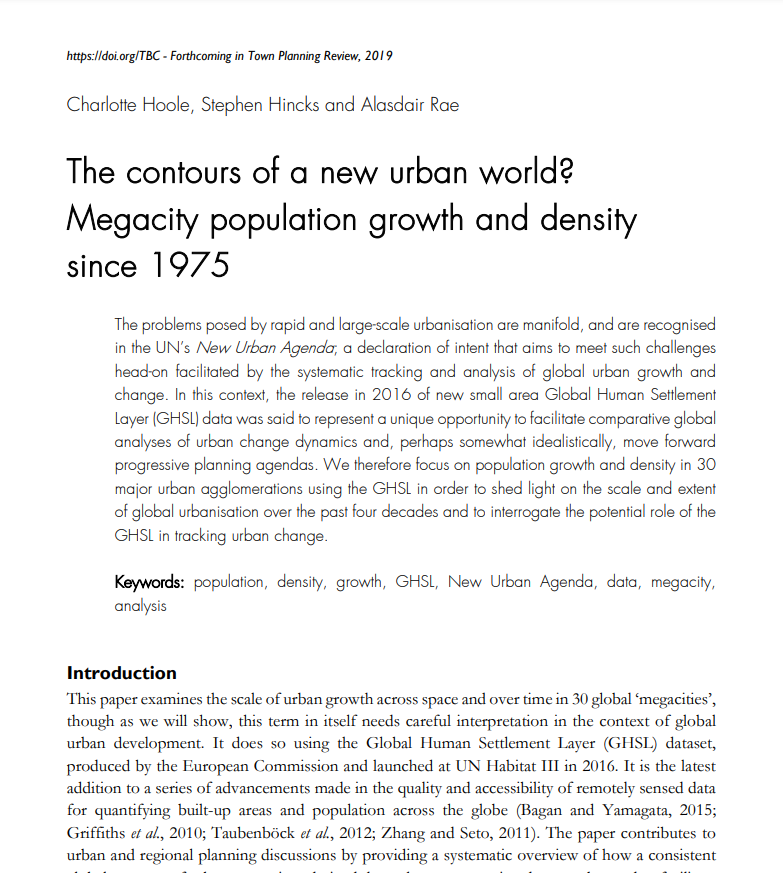
Filed under:
'random Canadian-Scottish geography questions you can answer quickly while having your breakfast at the weekend'
- I may also have calculated the Scottish-Latitude population of Canada while I was at it, surprisingly low
'random Canadian-Scottish geography questions you can answer quickly while having your breakfast at the weekend'
- I may also have calculated the Scottish-Latitude population of Canada while I was at it, surprisingly low

plus, not everyone knows that the northern bits of Shetland are further north than the southern tip of Greenland - and even when you hear this you are duty-bound to check it yourself on Google maps because it sounds made up 



the answer to my vital question, thanks to some 10km gridded data, is that a little over 570,000 people would appear to live at Scottish latitudes in Canada, and I think we can all sleep easy now
open.canada.ca/data/en/datase…
open.canada.ca/data/en/datase…
to end this little 'We the North' thread, I'll add in a global Scotland-latitudes donut map with a few places labelled - area shown in bright circle is roughly between 54.63 (Mull of Galloway) and 60.85 degrees north (Muckle Flugga) 

putting together more training datasets and finding out all sorts of interesting 🤓 stuff that I probably sort of already knew but hadn't seen in a latitude donut map before 





north isn't actually a direction at all but a state of being, a mindset, a way of life and did you know more than 2,000 people live in Longyearbyen in Svalbard (an entirely visa-free zone, as it happens - see the Svalbard Treaty) 







I've never been, but Svalbard Museum did once send me a very warm hat! (made in New Zealand)
https://twitter.com/undertheraedar/status/796286476929605632?s=20
these different polar coordinate systems are a) quite a good way of teaching/learning about projections, b) an interesting way of looking at the world, and c) good for making 'what's at the top vs what's at the bottom' comparisons - e.g. 👇 





one last tip for anyone looking to try this - in QGIS you can just right-click > Copy Coordinate > and then hit the Map CRS - option to identify any lat/long you want, or Set Custom CRS... to add a different coordinate system to the list and copy lat/long - it's quite handy 



I'm planning to do a little write up of methods on all this on my blog fairly soon, including how to very quickly create a glowy globe in QGIS with just a few layers of free data 

adding Nova Scotia to this thread, as suggested by @Arnold_Platon 

• • •
Missing some Tweet in this thread? You can try to
force a refresh




















